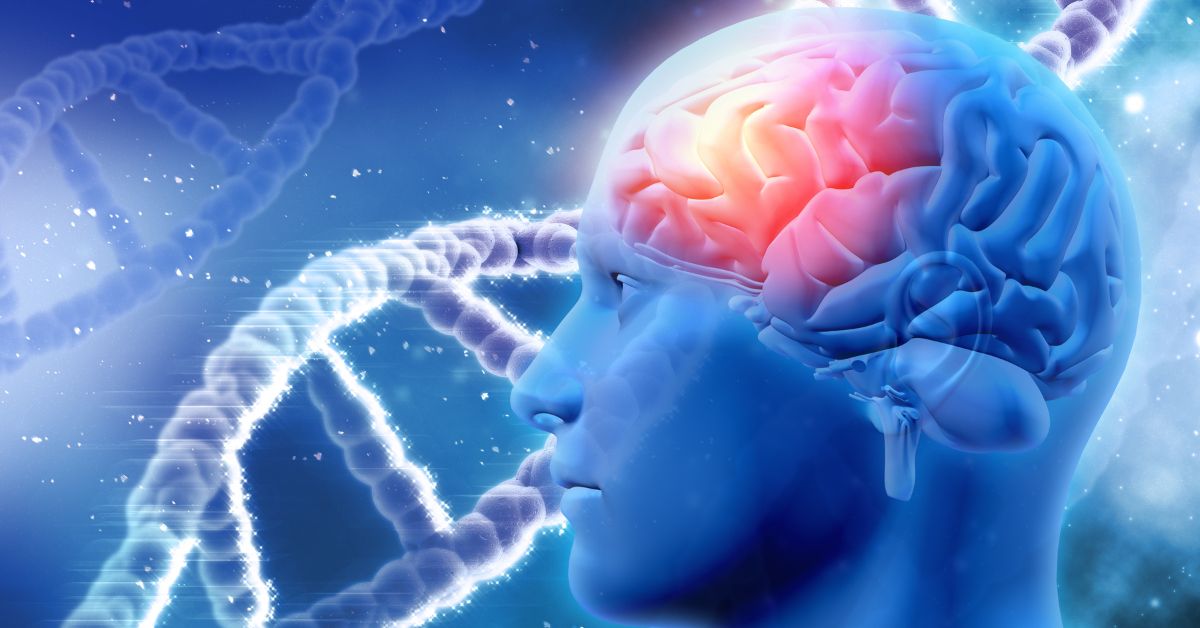
Differences Between Gabapentin and Pregabalin
Gabapentin 800mg and Pregalin 50mg are both medications belonging to the gabapentinoid class, commonly used to treat neuropathic pain, epilepsy, and certain anxiety disorders. While they share similarities in their mechanisms of action and therapeutic uses, there are several key differences that distinguish these two drugs.
1. Chemical Structure and Pharmacokinetics
-
Gabapentin: Chemically known as 1-(aminomethyl)cyclohexaneacetic acid, Gabapentin is structurally related to the neurotransmitter gamma-aminobutyric acid (GABA) but does not bind directly to GABA receptors. It is absorbed in the small intestine and excreted unchanged by the kidneys.
-
Pregabalin: Chemically known as (S)-3-(aminomethyl)-5-methylhexanoic acid, Pregabalin is a structural derivative of Gabapentin and binds more selectively to the alpha-2-delta subunit of voltage-gated calcium channels in the central nervous system. It is absorbed more quickly and efficiently in the gut and undergoes negligible metabolism in the liver, being excreted primarily unchanged in the urine.
2. Potency and Dosage
-
Gabapentin: Generally requires higher doses for therapeutic efficacy due to its lower potency. The dosing schedule often involves multiple administrations throughout the day to maintain steady blood levels.
-
Pregabalin: Exhibits higher potency compared to Gabapentin, allowing for lower doses to achieve therapeutic effects. It has a longer half-life and can be administered less frequently throughout the day.
3. Approved Uses
-
Gabapentin: FDA-approved for the treatment of partial seizures, post-herpetic neuralgia (PHN), and neuropathic pain associated with diabetic neuropathy.
-
Pregabalin: FDA-approved for neuropathic pain associated with diabetic neuropathy, post-herpetic neuralgia (PHN), fibromyalgia, and as adjunctive therapy for partial seizures.
4. Mechanism of Action
-
Both Gabapentin and Pregabalin exert their therapeutic effects by binding to the alpha-2-delta subunit of voltage-gated calcium channels in the central nervous system. This binding reduces calcium influx into nerve terminals, thereby inhibiting the release of excitatory neurotransmitters such as glutamate.
-
Gabapentin: Acts by modulating voltage-gated calcium channels, particularly in neurons.
-
Pregabalin: Binds more selectively and with higher affinity to the alpha-2-delta subunit, resulting in more potent effects on pain modulation and seizure control.
5. Side Effects
-
Gabapentin: Common side effects include dizziness, drowsiness, peripheral edema, and weight gain. It may also cause behavioral changes such as irritability or agitation.
-
Pregabalin: Common side effects include dizziness, somnolence, dry mouth, and weight gain. It may also cause euphoria or blurred vision in some individuals.
Conclusion
While Gabapentin and Pregabalin share similarities in their mechanisms of action and therapeutic uses for neuropathic pain, epilepsy, and certain anxiety disorders, they exhibit distinct differences in terms of chemical structure, potency, dosing, approved indications, and side effect profiles. These differences allow healthcare providers to tailor treatment plans to individual patient needs, considering factors such as drug potency, dosing convenience, and specific medical conditions.


